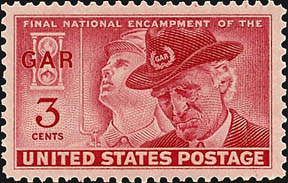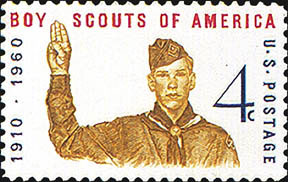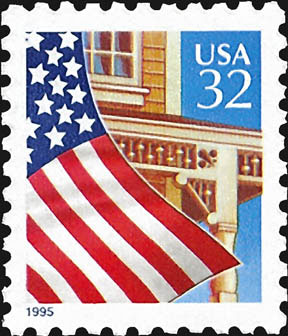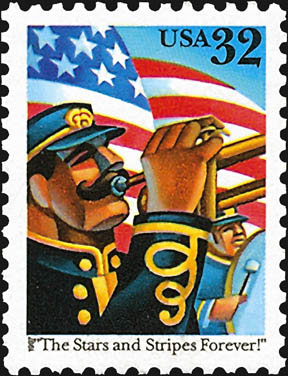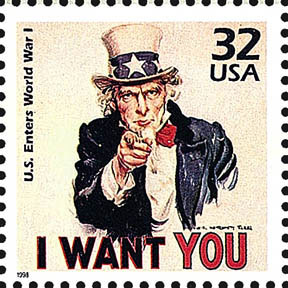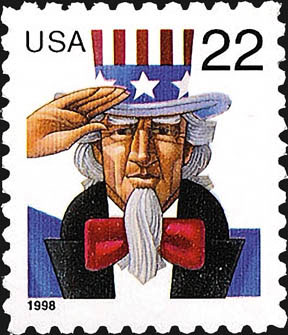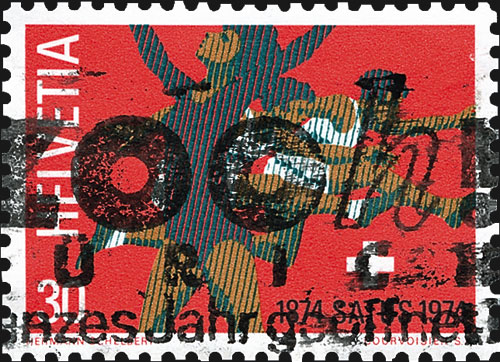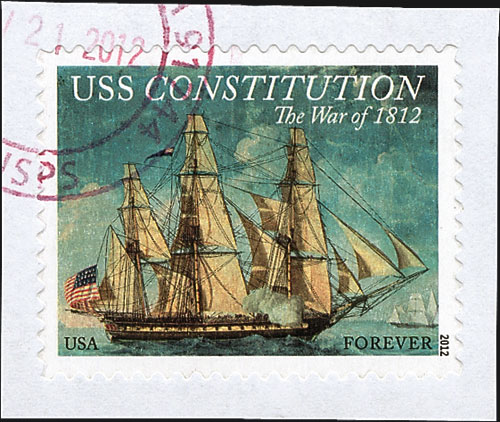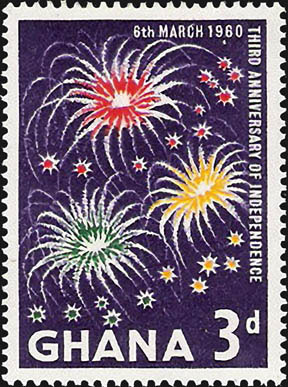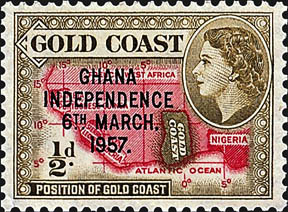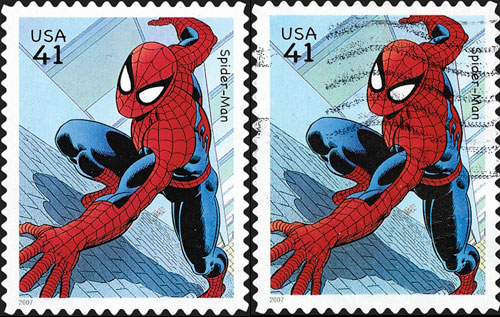Insights
insights
I love a parade: forming an Independence Day stamp collection
By Janet Klug
In the United States, we celebrate the Fourth of July as a national holiday that marks the time, in 1776, when a few British colonies declared their independence from the mother country. The 1869 24¢ Declaration of Independence stamp (Scott 120) shown in Figure 1 commemorates the event.
A revolution ensued, and now, 232 years later, we celebrate with picnics, parades, flags and fireworks.
American independence and patriotic themes have long been popular on U.S. stamps. The U.S. Postal Service does a great job of waving the flag.
A new Flags of Our Nation series of commemorative coil stamps began on Flag Day, June 14. The 42¢ Arizona Flag stamp is shown in Figure 2.
These stamps should begin appearing on everyday mail. The colorful and changing designs may succeed in attracting new collectors to our great hobby.
You can document an entire Fourth of July parade using U.S. stamps. Lead off with an Uncle Sam stamp. There are several from which to chose: his red, white and blue top hat on the 1998 nondenominated (33¢) Uncle Sam's Hat stamp (Scott 3260) shown in Figure 3; the 1998 22¢ Uncle Sam definitive stamp (3259) shown in Figure 4; or the 32¢ Uncle Sam Wants You Recruiting Poster stamp (3183i) shown in Figure 5 from the 1910s Celebrate the Century pane, also issued in 1998.
Add a good old-fashioned marching band playing a rousing John Philip Sousa march. That one is covered, too — see the 1997 32¢ Stars and Stripes Forever stamp (Scott 3153) shown in Figure 6.
You will probably be watching the parade from your front porch, upon which you have hung a flag that waves in the warm summer breeze, just like the one on the 1995 32¢ Flag Over Porch stamp (Scott 2897) shown in Figure 7.
One or more of the military veterans organizations probably will be marching in the parade, as will some of the local Scout troops. A 4¢ Boy Scouts of America stamp (Scott 1145), issued in 1960, is shown in Figure 8.
One veterans organization that you will not see represented in current Independence Day parades is the Grand Army of the Republic, a fraternal organization for Union veterans of the Civil War.
A fixture of Fourth of July parades in the late 19th and early 20th centuries, the Grand Army of the Republic held its last encampment Aug. 28 to Sept. 1, 1949. The 3¢ stamp issued that year, shown in Figure 9, commemorated this event.
Albert Woolson, the last Union veteran, died on Aug. 2, 1956, at the age of 109.
Just keep adding stamps you already have in your collection to your virtual stamp parade until you are satisfied. You can have your Fourth of July parade without standing in the hot sun. Then end the day with some fireworks stamps.
The United States is not the only country that has celebrated its independence on its stamps.
Ghana became an independent nation in 1957, notable because it was the first former African colony to achieve independence (discounting Ethiopia's temporary conquest by and liberation from Italy).
The nation now known as Ghana traces its colonial influences to the 15th century with the arrival of the Portuguese, who maintained their hold on the area for more than a century.
Danish traders, the Dutch West Indies Co., and the British African Company of Merchants in turn exploited the human resources of what was known as the Gold Coast of West Africa. In the 18th century more than 4 million slaves were taken from West Africa to the Americas.
Great Britain outlawed slave trading throughout the British Empire in 1807, and the United States outlawed the importation of slaves in 1808, but international slave trading continued from other sources and between other countries.
During the period between the two world wars, colonial Africans achieved small measures of autonomy and representation on legislative councils. There was a strong anti-colonial movement in the Gold Coast at the end of World War II. After a decade of struggle, strikes and demonstrations, the new nation of Ghana achieved its independence in 1957.
Twelve Gold Coast regular issue stamps were overprinted "Ghana Independence 6th March 1957" to mark the event. The ½-penny stamp from the set (Ghana Scott 5) is shown in Figure 10.
At the same time, Ghana issued a set of four new stamps featuring a portrait of Kwame Nkrumah, who was the first prime minister and later first president of Ghana.
In 1960, Ghana issued a set of stamps to celebrate the third anniversary of its independence. The 3-pesewa stamp (Scott 72) shown in Figure 11 features a display of fireworks, a universal way to celebrate independence.
MORE RELATED ARTICLES
Headlines
-
US Stamps
Oct 9, 2024, 3 PMProspectus available for Pipex 2025
-
US Stamps
Oct 9, 2024, 2 PMGratitude for Denise McCarty’s 43-year career with Linn’s
-
US Stamps
Oct 9, 2024, 12 PMWorld’s first butterfly topical stamp in strong demand
-
World Stamps
Oct 8, 2024, 3 PMRoyal Mail’s Oct. 1 definitive meets new international standard rate
